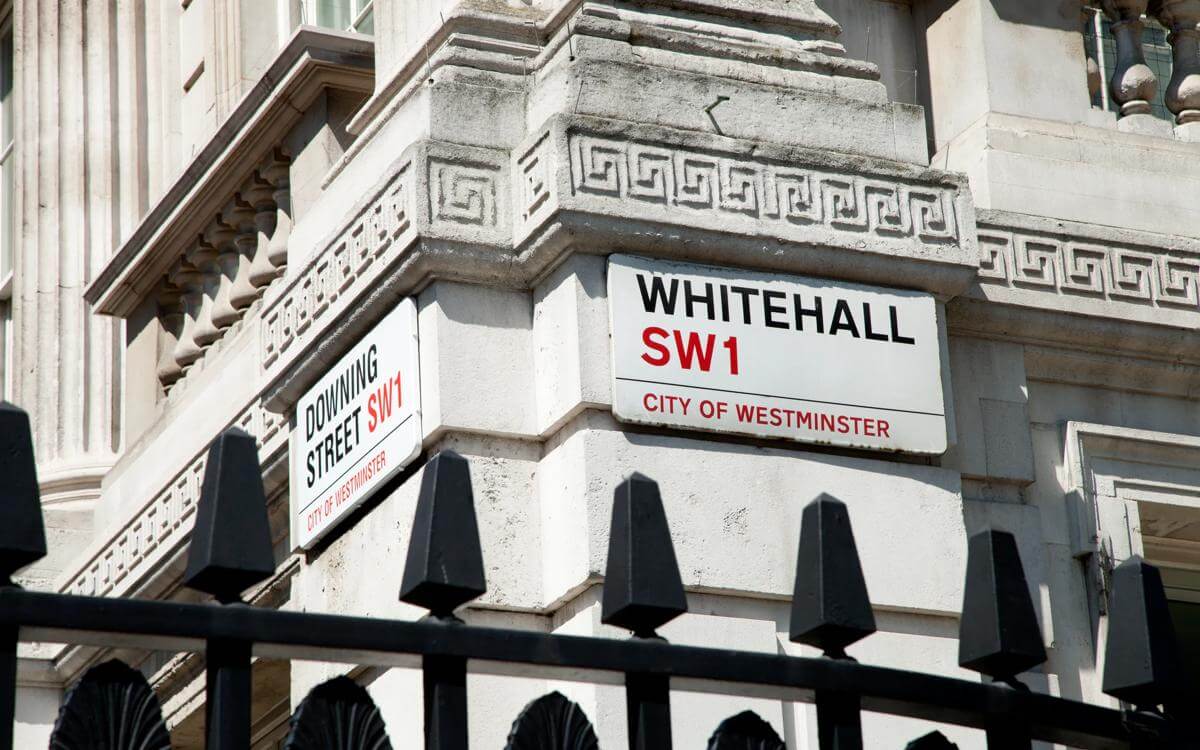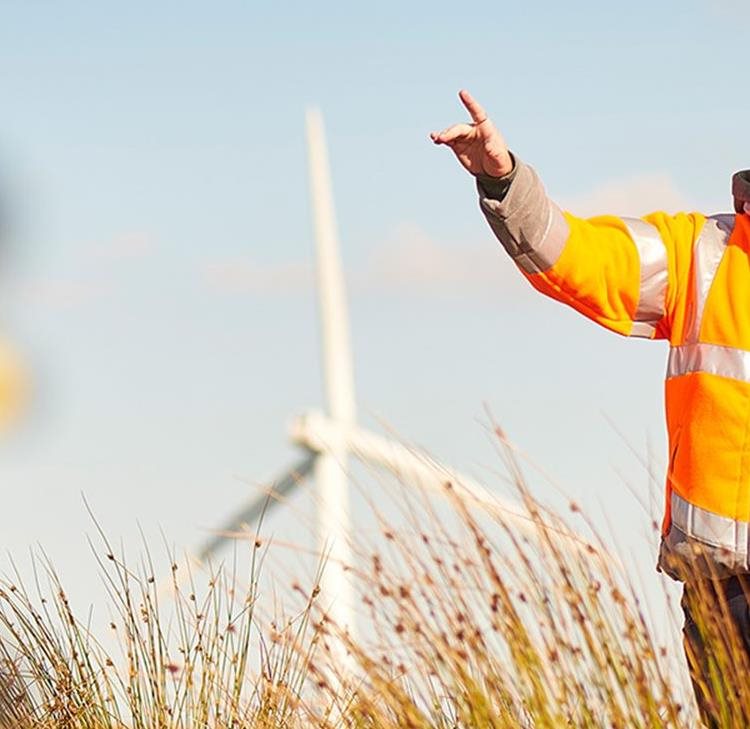First published on Education Property.
The publicity in 2023 around reinforced autoclaved aerated concrete (RAAC) was the starting point of discussion in the mainstream press around the condition of school buildings in the UK.
For those in the education sector, of course, awareness of funding for condition issues is nothing new. The conflicting demands of renovation and of squeezed budgets seems irreconcilable in the absence of large increases in funding.
Accordingly, exploring alternative funding models for school building and renovation projects is a must, and it is time to look to our neighbours to investigate innovative funding strategies employed across Europe that could potentially be adapted for use in the UK.
By looking at alternative funding models used by our European neighbours, perhaps our education sector could find practical solutions to bridge the financial gap and ensure educational facilities meet modern standards.
Public-private partnerships (PPPs)
The UK's Public Finance Initiative (PFI) model introduced in the 1990s was initially hailed as a solution to underfunded public infrastructure. Private firms financed school construction and maintenance in exchange for long-term repayment contracts typically spanning 25 to 30 years.
While many PFI schemes have delivered valuable and high-quality infrastructure, some have encountered challenges that led to criticism of the initiative and ultimately its abolition in 2018.
Issues included perceived poor value for the taxpayer – an estimated 170-plus schools remain tied into PFI agreements with typical terms of 25-30 years – and windfalls for investors that refinanced debt at lower rates following the riskier construction phase.
The Infrastructure and Projects Authority estimates billions of pounds in outstanding PFI liabilities across the UK public sector, with schools bearing a disproportionate share.
In contrast, France’s PPP-driven digital education strategy demonstrates how targeted partnerships can enhance infrastructure without fiscal overreach.
The Digital Plan for Education (running from 2015 to 2027, with a four-year review period) allocated billions of euros to equip students in hundreds of schools with tablets and high-speed internet, prioritising institutions in under-served regions.
This evolved into a comprehensive digital strategy mandating IT training for teachers, standardised e-learning platforms and the phased elimination of outdated computer labs.
Crucially, these PPP contracts included performance benchmarks, such as a mandatory teacher upskilling through the Pix+ Édu certification programme.
This approach contrasts with the UK's PFI framework, which lacks enforceable quality standards for educational deliverables.
Municipal Bonds: Sweden’s collaborative investment model
Sweden’s municipal bond system enables local governments to raise capital for education projects while maintaining oversight.
Between 2014 and 2017, as part of Stockholm's four-year investment programme, the city issued bonds worth millions of euros (in SEK equivalent) to fund infrastructure projects. Projects included the renovation of schools and the construction of vocational training centres.
These bonds, backed by the European Investment Bank (EIB), focused on improving energy efficiency and making buildings more accessible, which lowered the long-term costs of maintaining these buildings.
Unlike the UK's PFI that restricts choice of contractors, municipalities had the freedom to choose contractors that best met educational needs, offering a more flexible approach.
Under the Local Government Act 2003, UK municipalities are allowed to issue bonds, but only 12% of councils have used this option, mainly for transportation projects.
Adopting Sweden's model could enable cities like Birmingham or Manchester to issue bonds specifically for education. To reduce risks, the UK could set up a municipal bond insurance fund with central government guarantees for education projects that meet sustainability criteria.
Education infrastructure funds: Germany's targeted lending
In 2024, Brandenburg secured a €100m EIB loan through Investitions bank des Landes Brandenburg (ILB) to modernise and digitise educational institutions, including nurseries, schools and vocational schools.
This initiative aims to enhance the quality of education by investing in new construction, modernisation and the purchase of IT equipment, along with providing IT training for teachers.
The focus is particularly on improving services in rural areas, often classified as cohesion regions, where incomes are below the EU average. The EIB and ILB are committed to supporting educational infrastructure to ensure pupils in Brandenburg receive the best possible education, including digital skills, to foster a carbon-neutral digital society.
This strategic investment is part of Brandenburg's broader municipal investment programme and is supported by flexible financing options provided by the EIB, reflecting a strong commitment to enhancing educational outcomes and socio-economic growth in the region. This funding model could be viewed as like municipal bonds, but it uses direct loans instead of public bond issuance.
The UK could consider creating similar funds that combine resources and share risks, which would simplify financing large school infrastructure projects. Although the UK Infrastructure Bank, capitalised with £22bn, does not currently emphasise significant funding for education, adopting this approach could be beneficial.
To achieve outcomes similar to those in Brandenburg, it would be advisable for loans to mandate spending of 30% of the funds secured on renewable energy systems, implement standardised digital curricula and report annual maintenance savings. This strategy could enhance educational environments while promoting sustainability and efficiency in UK schools.
Green bonds: Finland’s sustainable school ecosystems
With a growing emphasis on sustainability, countries like Finland are focusing more on using creative ways to fund environmentally-friendly school buildings that save energy and reduce environmental impact.
Finland's municipal finance agency, MuniFin, has gathered €2bn through green bonds since 2016. A significant part of this, €500m raised in 2021, was specifically dedicated to school retrofit projects.
MuniFin aims to make 20% of its loans green and socially beneficial. The 2021 fundraising was very successful, attracting 107 big investors and was oversubscribed by 6.7 times, showing strong interest in investments that focus on education and environmental, social and governance (ESG) criteria.
This method not only helps Finland meet its climate goals, with local governments playing a crucial role, but also serves as an example for other countries wanting to improve their educational infrastructure through sustainable investments.
Existing data shows that 81% of school buildings in England were constructed before 1976. The challenges linked to this ageing infrastructure might worsen with ongoing and future climate changes. Upgrading these buildings to meet net zero standards could be extremely costly, potentially running into billions.
A UK green school bond programme, inspired by MuniFin’s framework, could issue bonds with tax-free interest. This approach would likely appeal to individual investors interested in environmentally friendly investment opportunities.
Lottery funding
In the Netherlands, lottery proceeds are applied as foreign aid to education projects overseas, and in Ireland the lottery contributes to the Good Causes Fund, which allocates money to youth and education projects.
Although these are not examples of direct funding of public sector education build projects, the idea does suggest itself that lottery proceeds could be used to fund the capital costs of such builds.
Final thoughts
There is a pressing need to renovate and rebuild school buildings. By learning from our neighbours, by adopting and adapting funding models from across Europe, the UK can address the financial challenges of school infrastructure projects.
It is crucial for policymakers, educators and the community to collaborate and innovate in funding education infrastructure to ensure that schools can serve future generations effectively.

Kathryn Balogun
Trainee Solicitor
kathryn.balogun@brownejacobson.com
+44 (0)330 045 2763



























